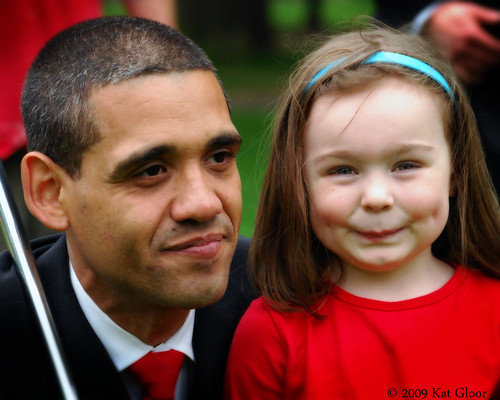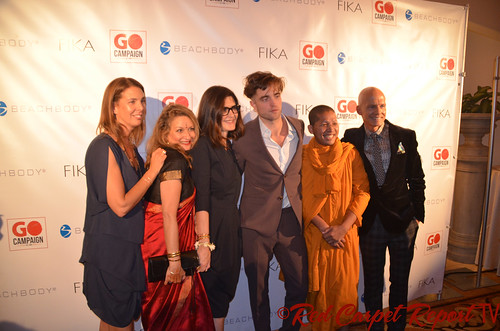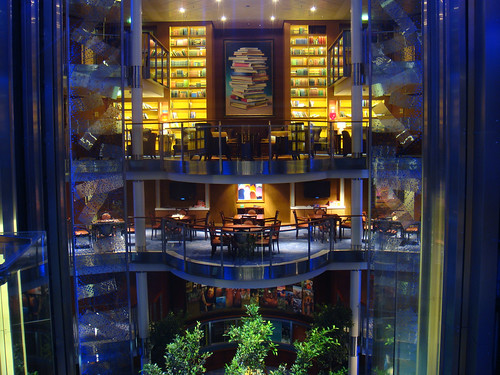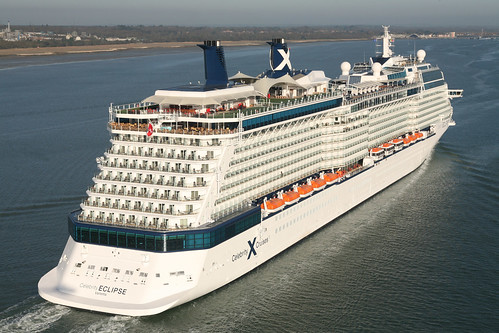Nice Celebrity Phone Number photosA few nice celebrity phone number images I found:
Vodafone dials up thirty years 
Image by brizzle born and bred Is it a projector? the hilarious reactions of primary school children to the first mobile phone used in Britain. A group of children were asked to guess what the first mobile phone is. Guesses included a projector, tape recorder, calculator and a film camera Growing up in the digital age you might think that children know everything there is to know about mobile phones. But a group of children from two schools gave some hilarious reactions when presented with a Transportable Vodafone VT1 phone and were asked to guess what the device might be. Responses from the eager youngsters included that it could be a tape record, a film camera, a projector and even an invention by the Victorians. The first call was made by Michael Harrison, the son of the late Vodafone Chairman Sir Ernest Harrison, from Parliament Square at midnight on New Year 1985. Ernie Wise made the first public mobile phone call days later. Jaws dropped as the children learned that, 30 years ago, the first mobile phones were £2,000 â€" close to £5,000 in today's money. Three decades on, Lady Harrison can still recall her son’s words coming down the line to her late husband. ‘Hi dad, Mike here. I’m talking to you from Parliament Square, the very first call from a mobile phone, Happy New Year.’ It was the stroke of midnight on New Year’s Day in 1985, and, standing beside her husband in the hallway of their Surrey home, she was witnessing history. ‘That was quite a moment, but I don’t think we realised quite how big,’ she says. The 30th anniversary of the first mobile phone call in the UK is only a few days away. In the intervening period the market has exploded. Today there are more mobile phones than people in Britain, and the industry has also developed almost beyond recognition. As well as phone calls and text messages, most mobiles today can take photos, surf the internet and even give driving directions. It’s a far cry from the five kilogram contraption that Michael Harrison, son of Vodafone chairman Sir Ernest Harrison lugged into Parliament Square on New Year’s Eve almost 30 years ago. Gathered round the cream coloured telephone in the hallway for their traditional New Year party, Lady (Janie) Harrison said that her family and friends were to first see a call broadcast over Britain’s mobile the telephone, that may sound odd but never having had a conversation on a cellular network I didn’t know what to expect. ‘My recollection was that it was very clear. I suppose I thought that it might not be very clear.’ At the other end of the phone champagne corks popped and a photographer snapped the moment the receiver was lifted by Sir Ernest. ‘People at the other end were celebrating and clapping, there was quite a bit of to-ing and fro-ing,’ says Michael. ‘Dad was saying to everybody that this was a “massive momentâ€. ‘You can say that you were presentâ€â€™ he told them. ‘He [Ernest] had waited a long time for this moment, the birth of mobile telephony in Britain.’ It was the culmination of years of preparation â€" including winning the first licence to operate a mobile network in Britain in 1982. But, for a technology that would grow to dominate the way that people communicated, its release was reasonably low key. The Times newspaper the following day ran an 84-word report on the launch of the network. ‘Britain’s first “cellular†radio-telephone service allowing more efficient communication on the move was introduced in the London region yesterday well ahead of schedule,’ it began The story goes that Lord (Arnold) Weinstock, the legendary industrialist who ran GEC, was presented by his underlings with a prototype mobile phone. Timeline 1980 Military communications firm Racal beats GEC to buy Decca, a radar and radios company. Its technology would prove instrumental in launching mobile phones. 1982 Racal chairman Sir Ernest Harrison applies for the first British mobile licence. 1983 Vodafone’s five first directors â€" the ‘famous five’ â€" were appointed to build its network. Dec 31, 1984 Michael Harrison sneaks out of the family’s New Year’s Eve party to surprise his father Sir Ernest by calling him to wish him a Happy New Year. Jan 1, 1985 The Vodafone network is launched with five base stations in London. Comedian Ernie Wise becomes the first celebrity to use a mobile phone on a UK network a few days later. Sep 1985 Vodafone’s 100th base station is opened, just as the number of customers hits 7,000. 1989 Vodafone has 500,000 customers in the UK. 1992 The world’s first text message â€" Happy Christmas â€" is sent over the Vodafone network. 1993 Vodafone’s one millionth customer joins the network. 2000 Vodafone reaches 10 million customers and becomes the first network to receive a 3G licence to allow mobile internet. 2004 3G internet services are launched across Europe. 2014 Almost 80 million mobile phones are registered in Britain across the main four networks, with the average phone user talking for seven minutes a day. AIRWAVES. Researchers behind the kit, which had been developed for military use, believed that it could have wide spread appeal among consumers. But Weinstock rejected the technology, believing it would never be more convenient than a landline. Sir Ernest, who died in 2009 aged 82, was a legendary figure in British industry. Born the son of a London docker, he trained as a chartered accountant and joined Racal, the electrical engineering company that became Vodafone. The pivotal moment came in 1980, when Racal outbid GEC to buy the mobile technology. Maybe it was because Harrison was a fan of elaborate announcements â€" when he was knighted in 1981 Racal informed employees by sending parachutists to land in the middle of a company picnic â€" that the New Year’s Day plan was hatched. The men behind the network launch were Vodafone’s five first employees â€" who became known internally as the Famous Five. Among them was Mike Pinches, the company’s first technical director. When it launched, the network â€" which was only available inside parts of the M25 â€" had five base stations. By the end of the first year, it had more than 100 and up to 12,000 customers using mobile phones. When demonstrating the service to customers, Pinches was dogged by every salesman’s perennial fear â€" that the network wouldn’t work. This was especially true when he was landed with the task of selling the first mobile to Prince Philip. ‘He wanted one in his carriage,’ Pinches explains. ‘So we drove up there the day before, and went around the circle outside Buckingham Palace. ‘As we started to make our way down the Mall, we pulled over to measure the signal strength when a couple of burly men whizzed up and jumped out and asked us fairly abruptly what we were doing.’ After some careful negotiating they managed to convince the guards that they were there to sell a phone to the Prince. When the following day came, the technology â€" thankfully â€" worked perfectly. Pinches says that Prince Philip was delighted with his latest gadget. Today there are almost 80 million mobile phones registered in the UK â€" more than the population of Britain. A staggering 44 billion minutes of mobile calls were made in the three months to September â€" an average of seven minutes per phone per day. It is a vision that Sir Ernest had conjured up almost forty years earlier. ‘He had a long-running frustration with how long it was taking people to come up with the technology,’ says his son. ‘In the 1970s there was something on the market like a mobile phone that went in your car with a massive battery in the boot.’ Even once the Vodafone network launched, phones were for the relatively well off â€" if they believed they needed them. ‘One of the problems,’ explains Michael Harrison, ‘is that at the time nobody knew anybody else with a mobile phone! I was a trainee chartered accountant. It was a real luxury for the early adopters.’ He adds: ‘Dad did believe that the technology would get cheap enough to allow the phone to be an everyman product. He talked about a time when everyone would have a mobile phone.’ Three decades later, the vision from the pioneer of British mobile phones has come true.
Sounds of The Sixties - "Dial a Disc" 
Image by brizzle born and bred Who can remember "Dial a Disc" it was a telephone service provided the the Post Office (GPO) beginning in the 60's.You simply dialed the number 16 on your telephone and a current 'pop' tune would be played down the line. This tune would be different each day and played from 6pm to 6am and all day on Sundays (cheap rate). Many young teens waiting in anticipation for the parents to leave the house just to listen to the days pop record, it was played in a continuous loop! You could get a sneak preview of the song before you put your 2p in, (many never had a phone - had to use outside telephone boxes) Short of the 45p (plus bus fare into town) to buy the latest hit parade favourite? No matter, just phone up this service to hear a crackly version of it, for the price of a phone call! A tad more limited in scope than Spotify, perhaps, but a darn sight more rewarding. And for the youngsters, there was Dial-a-Bedtime-Story, wherein a celebrity (usually Johnny Morris) tell a five minute story on an infinite loop. The fact that you were almost certain to phone up in the middle of the story, thus having to listen to the end before you got the beginning, enhanced the experience tenfold. A "Dial a Disc" Service was first given a trial in Leeds from 6 p.m., 7th July to 6 a.m., 1st August, 1966. Seven records were selected each week from current popularity ratings and a different record was played each day during the cheap rate period (6 p.m. to 6 a.m. on weekdays and all day on Sunday). The equipment was used to record the pop singles on to tape, the tape was made up as a continuous loop and loaded into Equipment Announcer 9As. EA11A: Equipment Announcer 11A. This was introduced in 1972 and used a magnetically loaded neoprene tyre stretched over a rotating brass drum. It was used for announcements which needed to be frequently updated, such as the cricket scores. It was well suited to this, as recordings could be directly transferred, without the use of a tape. The people who are remembering the number as 16 or 160 are both correct. It depended upon which part of the country you were in and which exchange served your line. In London and a handful of other larger cities the equipment in use in the 1960s/70s waited for the first three digits of a number to be dialed before deciding how to route the call, so all "special" short codes had to be three digits long, and Dial-A-Disc was assigned 160. In many other towns, however, the switching equipment worked in a slightly different way and it was possible to have a two-digit code which would connect directly to a service. Thus in these places it was generally possible reach Dial-A-Disc with just 16. The same 16/160 numbers were used to announce cricket scores during test matches. www.youtube.com/watch?v=hUGsRoebaVM Button B was killing music! As with any technological system, it was open to hacking. By the 1970s five million discs were being dialled a year, an increasing number for free. Though designed to be accessed from private lines, kids soon discovered that by putting fourpence in the slot of a payphone and dialling the service, then hanging up seconds before the disc finished, they could get their money back. Remember Button A & B? And when we stopped using phone boxes in favour of a mobile phone? It was a very long time between the old phone boxes (A&B Buttons) to mobiles. I think it was around 1968 that STD was introduced and the old boxes were replaced. From memory the new boxes had for the first time codes for all areas of the UK. www.flickr.com/photos/20654194@N07/2081049800










